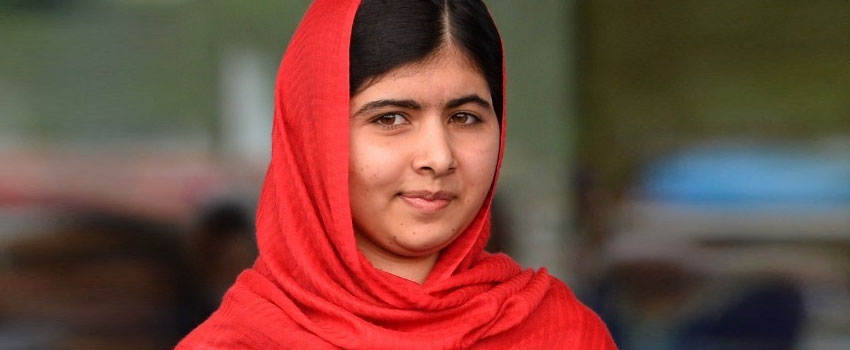Branding can be a tool to improve the lives of communities in some of the remotest parts of the world. Echoing one of the original themes in Beyond Branding, Sandra Horlings provides a first-hand example of her work to lift the well-being of refugee communities in India
Sandra Horlings
Wonderwings
sandra @
@ wonderwings.nl
wonderwings.nl
It was a few years ago and it may well have been the smallest assignment I ever undertook, yet it still ranks high on the list of my most cherished trips. I travelled to Bikaner, a little-known town in India, close to the border with Pakistan, a town most travel agencies don’t even find interesting enough to include in their tours of Rajasthan. As a member of the board of trustees from Women on Wings, I was invited to help improve the business position of a small producer company and help create as many jobs for women in rural areas as possible.
I found myself in a modest hotel, facing four representatives of this small embroidery company. They looked at me, expectant, examining, maybe even a little sceptical. Who was going to be able to help them gain new skills and capabilities? And what would it really bring them? Of course, that may have just been my own misgivings, reflected in their eyes.
The four in front of me worked for UJAS, an association of women embroiderers in the Pugal block of Bikaner. In the midst of the desert, this area comprises a migrant population from Pakistan post the 1965 and 1971 wars. It’s a tough area to live in: a military zone, characterized by an extreme desert climate, sparsely located, poorly connected villages and limited transportation. It struck me that they still saw themselves as refugees, strangers in a country that was not their own. This had a major influence on their lives: always longing to live on the other side of the border—always ready to move house and yet not really living a nomad’s life.
They told me about their work: starting in 2003, they had developed the skill of appliqué, a craft known for its minimalism and market potential. They spoke to me using their hands, pictures and through an interpreter. My Hindi, it has to be said, is somewhat lacking and even worse than their English. These four people were the entrepreneurs, coordinating work performed in six isolated villages, where 700 women produce linen, tablecloths, cushions and throws. Each sub-centre is run by a business development service provider, who is responsible for quality, timely delivery, stocks and payment. Production depends largely on client orders and, at the time of my visit, the women were supplying the low-end export market, controlled by traders. It wasn’t an easy conversation. We struggled to understand each other’s business world and their principles, while wilfully trying to transpose the information we shared into our own worldviews. I found it tough to understand what the challenge was. Why was I there?
Then we talked about their lives; how they lived and how they felt about it. Suddenly, their eyes lit up. They sat straight up and explained to me their dreams. Dreams for the future. Hope for their children. To have more choices, provide them with education and improve their lives. That’s what made them want to learn a new skill, even though they came from a socially secluded non-artisan caste.
As our conversation developed, they began to tell me about their living conditions. The beauty of the desert. The sense of belonging to a group. Of helping each other in harsh conditions. They told me about the colours of the night. Deep, dark blue, with little sparkles of light. They told me how looking at the stars gave them an enormous feeling of freedom. Of hugeness, endless possibilities. Of peace. We moved back to the colours of the sand, the shapes, the richness and beauty of nature. And all I did was listen, watch and write. I composed a very short story. A corporate story. A story about what these women valued. Being connected, feeling enlightened. Peaceful.
I was never supposed to meet them in this hotel. The initial plan was to stay with them in the desert for a couple of days. But this was India, a military zone and thus getting a permit to enter the area was not so easy. However, after this vibrant meeting, I simply couldn’t leave without getting a real sense of how they were living. Visiting their homes, seeing for myself what they meant. So, finally, after some days waiting in Bikaner, a day permit was granted to us.
The 70 km drive was a bumpy road and our spacious Jeep became a fully loaded bus the further we travelled. Lots of people boarded, to take advantage of the rare opportunity to visit one of the other villages. It was a happy drive, we were all smiling at each other. Exploring each other. In silence. Babu Singh led the way. An entrepreneur, he had a moped, as he was always travelling between the villages.
Every village I visited was different, with its own characteristics. In one village, we met outdoors, on a carpet. I felt an instant distance. We were invited to sit on the carpet and all the women positioned themselves as far away from us as possible, on the other corner of the carpet. Was that respect? Anxiety? Or just a way to displace themselves so they could show the pieces they were working on in the centre of the carpet? I was struggling with cultural difference, and decided to observe.
In another village, we drank tea indoors. I found myself and 25 women packed into a room. Giggling. Curious. Mumbling at each other in a language I didn’t speak. We finished our tea and the few men present were kindly requested to leave … And then something magical occurred. The women took off their veil, came closer, softly touching my hair, my arms, my clothes. Connecting. I showed them pictures of my life, my home, my children. They showed me their smiles, their colours, their beauty.
We ate ‘cauliflower-something’ at Babu Singh’s house. His father is important in the village and lives in one of the few houses with electric lighting, a luxurious villa amidst smaller, less comfortable dwellings. Here, they work outdoors on appliqué and embroidery, but comfortable in the shade of a large pergola.
I was beginning to get some understanding of what it was like to live in this area, of the meaning behind the words written down in their corporate story. We made a few adjustments to the story before visiting the storage space. At the end of the day, we reviewed their production in stock. Together with the team of entrepreneurs, we selected the products that best reflected their lives, their work, their corporate story. The products that express their values and reflect the beautiful colours of the desert. We formed a collection, a product line. They also decided to design new products with different designs and colours, to improve and extend this newborn collection. To fully bring their unique surroundings alive in their products. And to focus on product quality. They would now be able to enter a high-end market, increase their income and improve their lives, together with that of their children.
I returned home, in the knowledge that branding is not just some plaything for large corporates with enormous budgets, but convinced that it is a valuable and helpful way for grass roots’ companies to directly improve their living conditions. I returned home feeling privileged. It was the women in the Thar desert who provided me with this wonderful insight.
 The stars in the Thar desert can be found in the sky and in UJAS people. These refugee families constantly overcome challenges and feel strongly connected. To each other and to nature. They cherish their safe and peaceful life. By buying this handmade piece you experience the twinkling stars of the desert.
The stars in the Thar desert can be found in the sky and in UJAS people. These refugee families constantly overcome challenges and feel strongly connected. To each other and to nature. They cherish their safe and peaceful life. By buying this handmade piece you experience the twinkling stars of the desert.
UJAS
shines in the desert



Leave a Reply